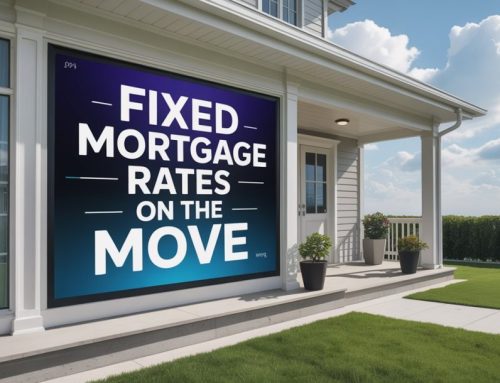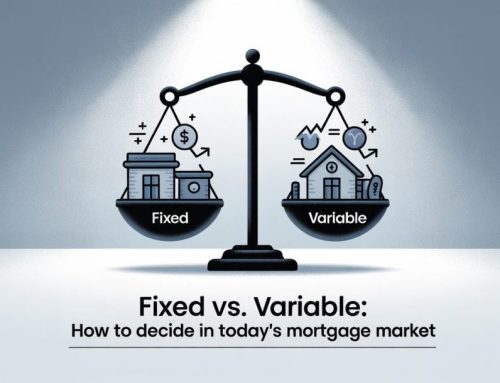When mortgage regulations changed on November 30, 2016, mortgage borrowers were required to pass a stress test in order to qualify for a mortgage. This meant that anyone applying for a mortgage would need to qualify based on the higher of the benchmark rate set by the Bank of Canada, or 2% above the contract rate. The contract rate is the rate your payments are based on.
The benchmark rate as of today is 5.19% and the lowest 5-year fixed insurable rate is 2.39%*. 2% above the contract rate of 2.39% would be 4.39%. As this is lower than the benchmark rate, your qualification would be based on 5.19%. If your rate was 3.39% however, then 2% above contract rate would be 5.39%. As this is higher than the benchmark rate, your qualification would then be based on 5.39%.
How the stress test affects your qualifying amount
Under the stress test, a family with $150,000 and no debt would qualify to purchase a home for $980,000 with 20% down payment and a 30-year amortization for a maximum mortgage amount of $784,000**.
If they did not have to pass the stress test, and could qualify based on today’s lowest rate of 2.59%***, then they would qualify for a purchase of $1,350,000 for a mortgage amount of $1,080,000. That’s an additional $296,000!
The stress test definitely has a significant impact on affordability.
Why do we need the stress test?
There is no question it would be a lot easier on homebuyers if they could qualify without the stress test. Especially first-time homebuyers purchasing in the Greater Toronto or Vancouver areas.
So why not help everyone out and abolish it altogether?
There are many working in the mortgage industry that believes that the stress test is ridiculous, however, I’m not one of them. It definitely serves a very important purpose.
Mortgage rates are fairly close to their historical lows, particularly 5 year fixed rates which can be found as low as 2.39%.* We have experienced ridiculously low rates (by historical standards) for the past 7-8 years now. While we’ll likely continue to enjoy low mortgage rates for at least the next couple of years, we’ll eventually start to see them creep back up to the 5-6% range. When this will happen is anyone’s guess, but it will happen.
Let’s go back to the example we used above. If the family with an income of $150,000 were to purchase without the stress test, and if they took on a mortgage for the full $1,080,000, they would be pressing their debt service ratios to the limits. In other words, they barely qualified for this amount.
Their payment would be $4,130.18 at 2.59%.
Fast forward five years. Their mortgage is now up for renewal and their balance is now $921,461.92 (with 25 years remaining from their original 30-year amortization, assuming monthly payments and no additional payments made). Let’s say the lowest 5-year rate has now increased to 5.49%. Their new monthly payment would be $5,619.16. $1,488.98 higher than what they were used to paying before.
Stress test or no stress test, this would be a huge adjustment for anyone. However, if they did not have to pass the stress test originally, then this family could be in for some serious financial difficulty. Even if they were to refinance back up to the maximum 30-year amortization, their payment would still be $1,060.37 higher than what they were used to paying. Still a significant amount.
Why the stress test was introduced
The stress test was not just introduced to cool the hot housing market in Toronto and Vancouver. It was introduced to protect people against rising rates in the future. If there was no stress test, and rates were to jump 3% within a five year period, which is a possibility, then we could be potentially run into some major economic problems. While more lenient mortgage regulation could be introduced in order to prevent a housing meltdown, the stress test will help eliminate the need for any extreme regulatory measures.
*Today’s lowest 5 year fixed rate of 2.39% is available for high ratio purchases or switches (CMHC insured), or purchases or switches with 35% or greater down payment/equity. The property value must be under $1 million OR property must have been purchased prior to November 30, 2016.
**Maximum qualifying amount can vary based on property tax, maintenance fees, and debt load.
***Today’s lowest 5 year fixed rate with 20% down payment is 2.59% and is available on purchases, switches, or refinances. Property value can be below or above $1 million.








Leave A Comment